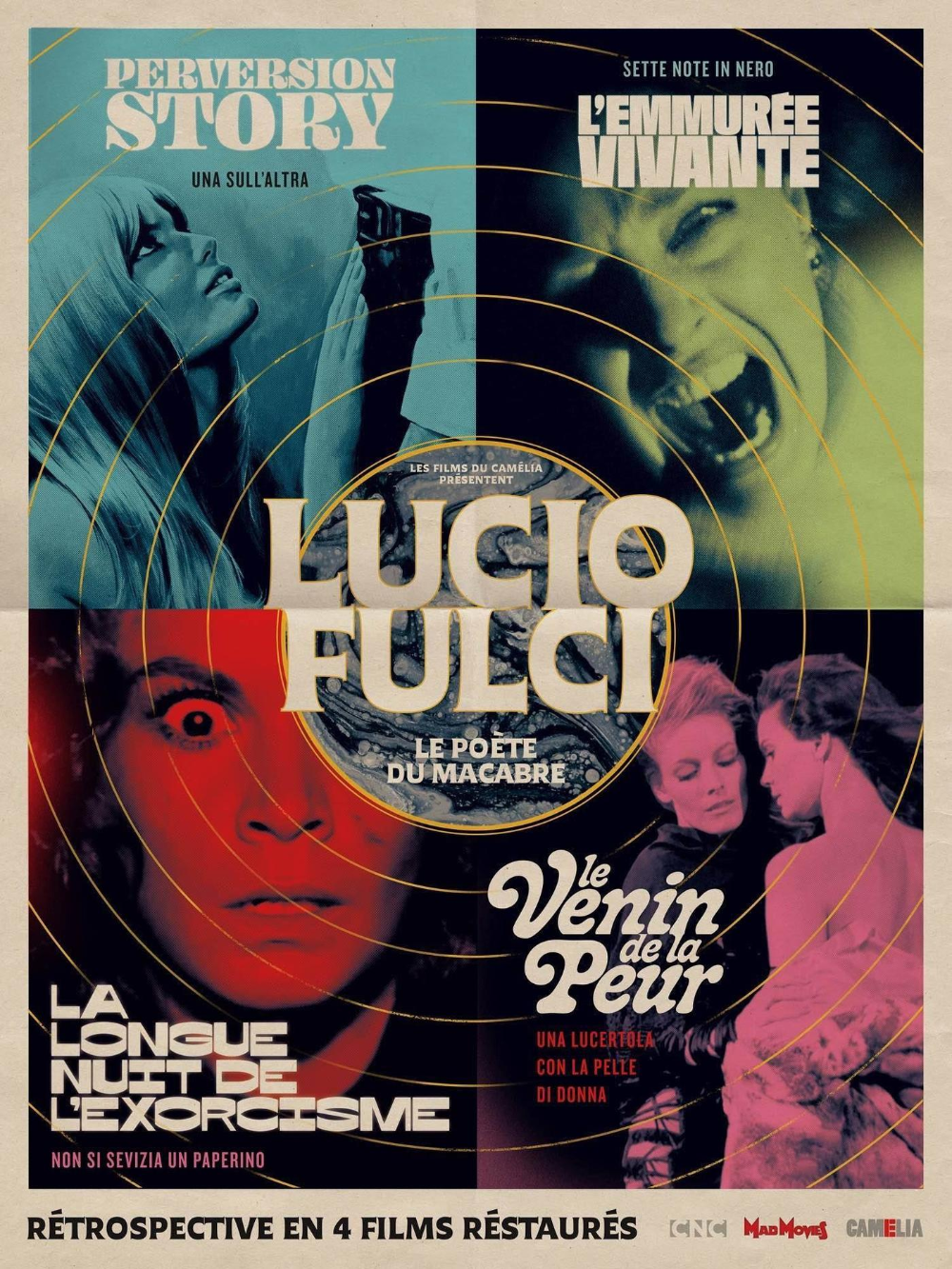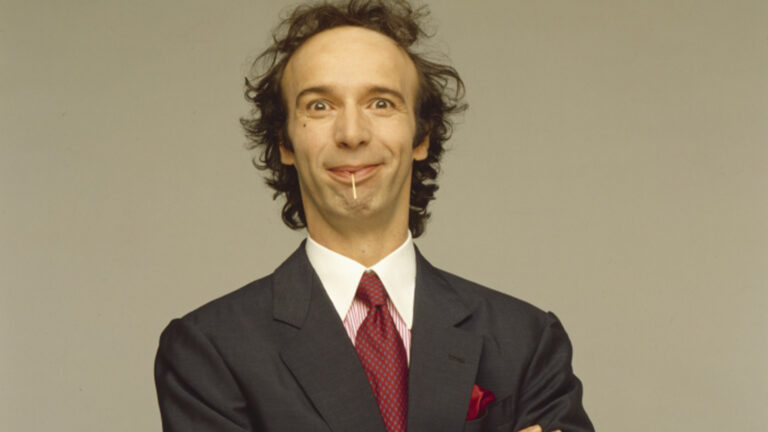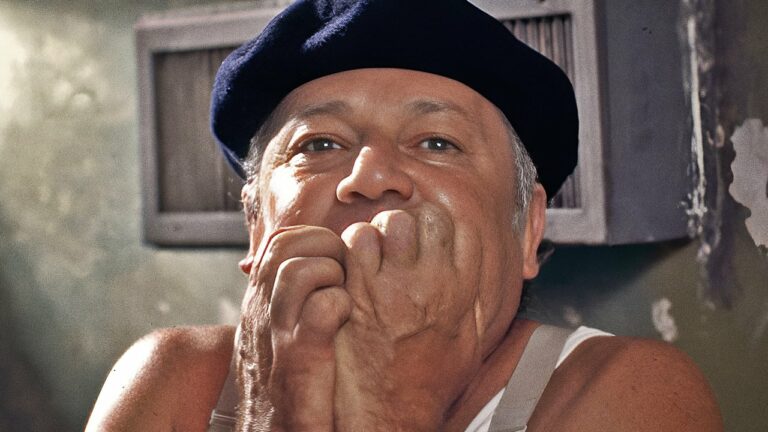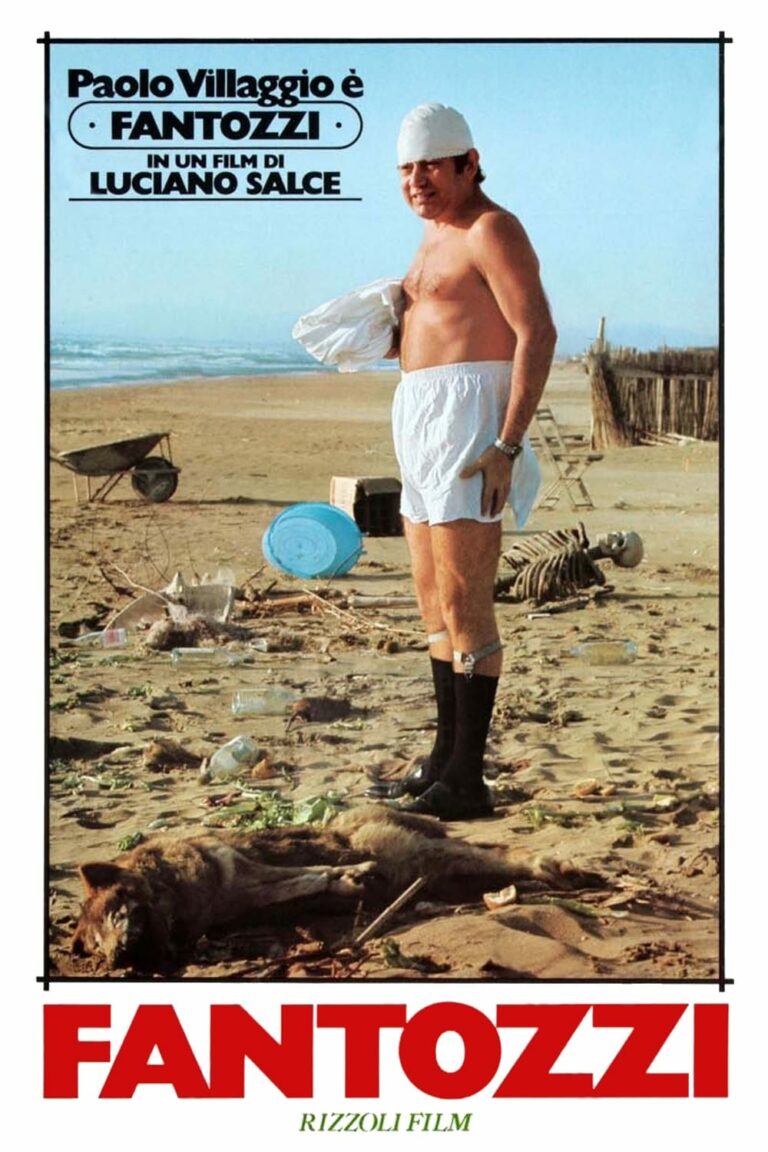
Introduction
Lucio Fulci’s work occupies a unique space in Italian cinema, blending grotesque imagery with moments of artistic brilliance. Known for pushing boundaries, Fulci’s films have often been polarizing, celebrated by fans of extreme horror while critiqued by mainstream audiences. Despite this, his contributions to the giallo and horror genres have inspired filmmakers worldwide, from Quentin Tarantino to Eli Roth. Fulci’s ability to intertwine visceral shocks with philosophical depth ensures his films remain relevant decades after their release.
Early Career: Comedy and Westerns
Fulci’s career began far from the horror genre. After studying medicine and art, he entered the world of filmmaking in the 1950s as a screenwriter and assistant director. His early works included comedies, such as I Ladri (1959), and musicals, reflecting a lighter, more commercial side of Italian cinema.
In the late 1960s, Fulci delved into the spaghetti Western with Massacre Time (1966), starring Franco Nero. Though not as famous as Sergio Leone’s Westerns, Fulci’s take on the genre demonstrated his penchant for violence and stylized storytelling, elements that would define his later horror films.
The Giallo Period
The late 1960s and early 1970s saw Fulci contribute to the burgeoning giallo genre, a uniquely Italian blend of mystery, horror, and eroticism.
Key Giallo Films
- One on Top of the Other (Una sull’altra, 1969):
A Hitchcockian thriller with erotic overtones, this film showcased Fulci’s ability to craft suspense while exploring themes of identity and morality. - A Lizard in a Woman’s Skin (Una lucertola con la pelle di donna, 1971):
Often regarded as one of Fulci’s masterpieces, this surreal mystery delves into hallucinations, murder, and the fragility of the human mind. The film’s dreamlike visuals and Ennio Morricone’s haunting score make it a standout in the giallo canon. - Don’t Torture a Duckling (Non si sevizia un paperino, 1972):
Set in a rural Italian village, this film blends giallo with social commentary, critiquing religious hypocrisy and small-town mentalities. Its graphic violence and controversial themes pushed the boundaries of the genre.
The Horror Masterpieces
Fulci’s true claim to fame came in the late 1970s and early 1980s when he embraced the horror genre with a series of films that cemented his reputation as a master of gore and surrealism.
Key Horror Films
- Zombie (Zombi 2, 1979):
Marketed as an unofficial sequel to George A. Romero’s Dawn of the Dead, this film is a gruesome tale of the undead. Memorable moments include the infamous eye-gouging scene and a zombie fighting a shark underwater. Its visceral shocks and atmospheric storytelling made it a cult classic. - City of the Living Dead (Paura nella città dei morti viventi, 1980):
The first film in Fulci’s “Gates of Hell” trilogy, this apocalyptic tale involves priests, portals to hell, and graphic deaths, including the iconic drill-through-the-head scene. - The Beyond (…E tu vivrai nel terrore! L’aldilà, 1981):
Widely regarded as Fulci’s magnum opus, this film is a surreal exploration of life, death, and the supernatural. Its dreamlike narrative, coupled with extreme gore, creates a haunting and unforgettable experience. - The House by the Cemetery (Quella villa accanto al cimitero, 1981):
The final entry in the “Gates of Hell” trilogy, this film combines haunted house tropes with Fulci’s signature style, delivering shocking visuals and a chilling atmosphere. - The New York Ripper (Lo squartatore di New York, 1982):
One of Fulci’s most controversial films, this gory giallo about a sadistic killer was criticized for its graphic violence and misogynistic overtones but praised for its technical brilliance.
Recurring Themes
Fulci’s films often explore recurring themes that reveal a deeper philosophical side beneath the gore:
- Violence and Nihilism:
Fulci’s graphic depictions of violence are not merely for shock—they reflect a nihilistic worldview where death is inescapable and morality is ambiguous. - Surrealism and Dream Logic:
Particularly in The Beyond and City of the Living Dead, Fulci eschews traditional storytelling for surreal, dreamlike sequences, blurring the line between reality and nightmare. - Critique of Institutions:
Films like Don’t Torture a Duckling and The New York Ripper critique societal institutions, including religion and law enforcement, exposing their hypocrisies and failures.
Cinematography and Style
Fulci’s visual style is a cornerstone of his films, characterized by:
- Extreme Close-Ups: Particularly of eyes, emphasizing emotion and tension.
- Use of Practical Effects: From prosthetics to squibs, Fulci’s films are renowned for their realistic and grotesque practical effects.
- Atmospheric Lighting: Fulci often used stark contrasts and moody lighting to enhance the eerie tone of his films.
- Symbolism: Recurring motifs like gateways, decay, and the sea contribute to the thematic richness of his work.
Legacy and Influence
Despite facing criticism during his career, Fulci’s work has been reassessed and celebrated for its artistry and innovation. He is considered a pioneer of gore and surreal horror, influencing filmmakers such as Quentin Tarantino, Sam Raimi, and Guillermo del Toro. Modern horror films often pay homage to Fulci’s audacious style, ensuring his enduring relevance in the genre.
FAQs
- Why is Lucio Fulci called the “Godfather of Gore”?
Fulci earned this title due to his graphic depictions of violence, particularly in films like Zombie and The Beyond. - What is Fulci’s most famous film?
The Beyond is often cited as his masterpiece, though Zombie is also a fan favorite. - Was Fulci only a horror director?
No, Fulci worked across genres, including Westerns, comedies, and giallo films, before becoming synonymous with horror. - What sets Fulci apart from other Italian directors?
Fulci’s blend of extreme violence, surrealism, and thematic depth distinguishes him from contemporaries like Dario Argento. - Where can I watch Fulci’s films?
Many of Fulci’s films are available on streaming platforms like Shudder and in restored editions from companies like Arrow Video and Blue Underground.
Conclusion
Lucio Fulci’s films are a testament to the power of cinema to provoke, terrify, and inspire. While often controversial, his work resonates for its boldness, visual ingenuity, and willingness to explore the darkest corners of the human experience. Whether you’re a longtime fan or a newcomer to his work, Fulci’s filmography offers a thrilling journey into the macabre and the sublime.



